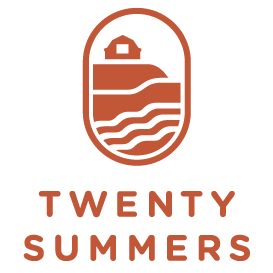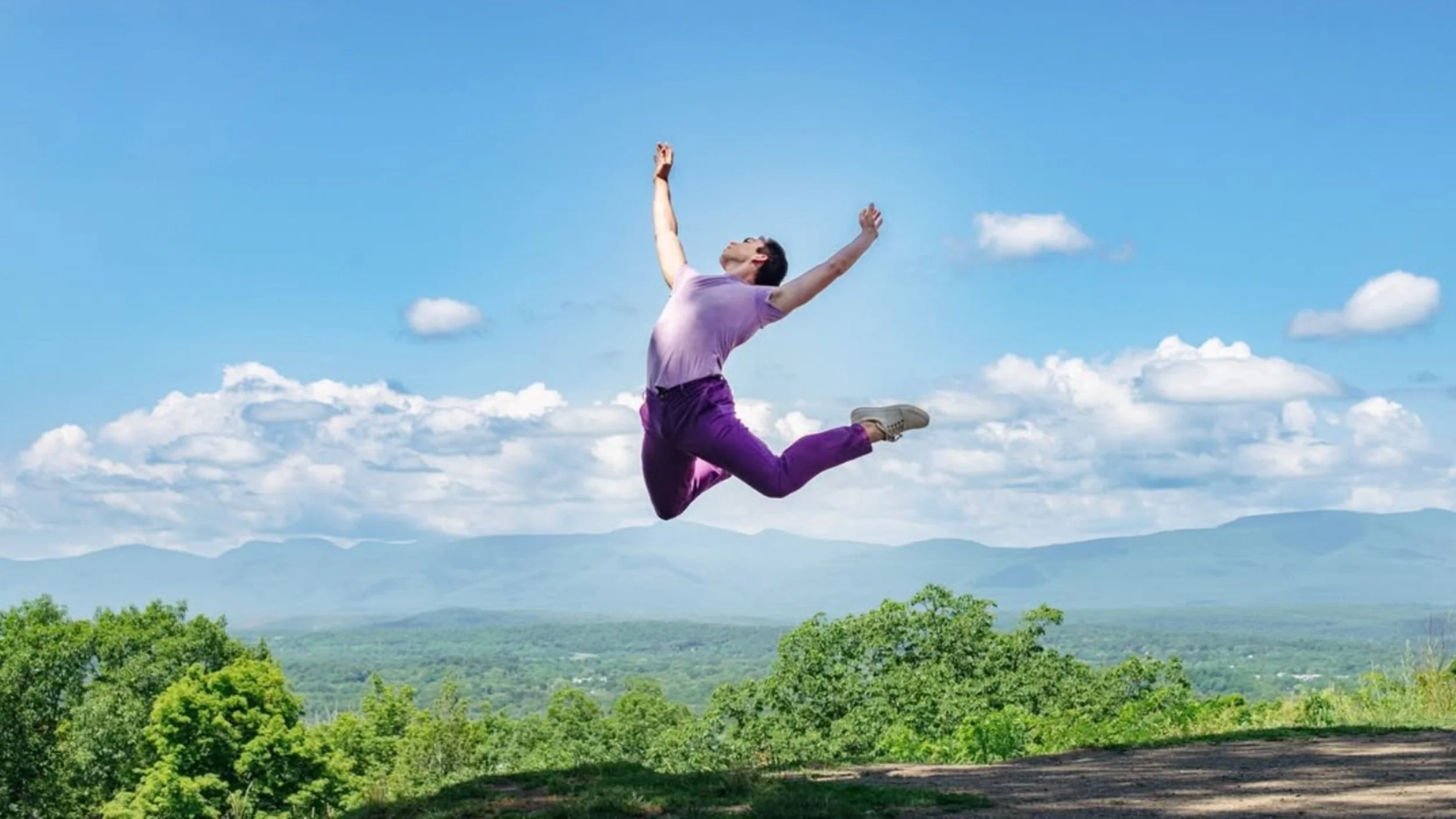Twenty Summers is thrilled to partner with Site-Specific Dances to host a free movement workshop at the Hawthorne Barn.
No prior dance experience is required - just an openness to move, share, and connect!
Site-Specific Dances, a performance company focused on environmental and community-based projects, invites you to be a part of Erosions, a community-based intergenerational dance and oral histories project exploring Provincetown’s LGBTQ+ history, environmental challenges, and collective memory through movement and conversation. The project interweaves dance, interviews, and original music to reflect on the presence of two types of erosions in Ptown :
● Cultural & Historical Erosion: How do we preserve LGBTQ+ history as generations pass? How can we bridge generational divides in queer storytelling and activism?
● Environmental Erosion: How is Provincetown’s natural landscape changing due to climate change? What does this mean for the future of the Cape Cod National Seashore? How do past and present views on environmentalism, Indigenous knowledge systems and western science, connect to address the crisis ?
Participants will have the opportunity to take part in movement workshops, interviews, and performances that activate Provincetown’s urban and natural landscapes, such as the Breakwater, Bas Relief Park, Hatches Harbor, and Race Point Beach to name a few.
Interviews: March through June 2025
Workshops: April - June 2025
Site-Specific Live Performances: June 20 & 21, 2025
***Workshop participants are encouraged, but not required, to participate in June 20, 21 & 22 live performances. ***
If you’re interested in joining as a performance participant, interviewee, or both, email info@sitespecificdances.com.































































